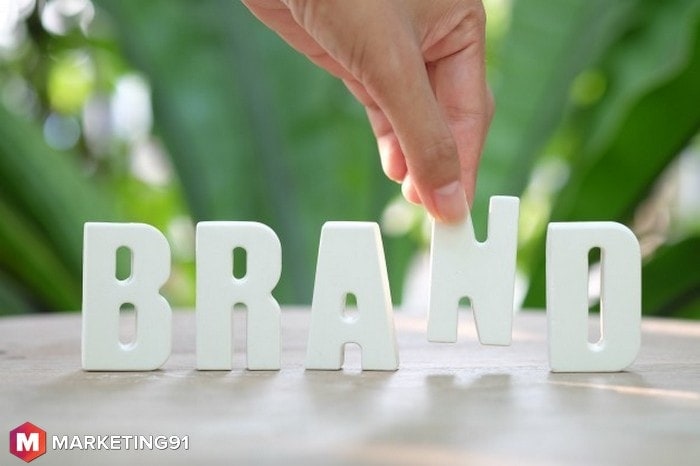A loss leader is classified as a pricing strategy where the product is sold at a lower price than the existing market price in order to pull the customers.
This pricing strategy is used purposefully in order to attract customers to the store wherein the retailer sells the few products at a loss but makes up for the losses by selling other products at a higher price.
The loss leader strategy is a combined marketing and pricing strategy which is used by retailers in order to pull the customers towards their store wherein it is expected that the customers will also buy other products along with the cheaper product.
The profit that is made on these products is such that the loss of products sold at a lower price will be recovered by the vendor. The term loss leader is used in the sense that the product is sold at “loss” so that it leads the sales of other products which, when combined together result in bigger sales and much larger profit. The loss product is priced at a price which is below the minimum selling price of the product.
It is the duty of the firm to maintain a detailed analysis of the accounts of both loss leader as well as the associated expensive products so that it can analyze and submit a report about how well is the scheme performing.
Is to be done as soon as possible so that the vendor does not suffer a net loss on the product. More often than not, the loss leader pricing strategy is implemented by retail businesses in order to attract customers.
Loss leader strategy is also applied by E-Commerce businesses order to attract customer traffic to their websites so that oscillator strategy can be implemented on the websites as well.
The cheaper products are displayed in front of the customers on the landing page wise the customers are expected to purchase other expensive products which will make up for the loss of the inexpensive product.
The strategy is commonly used in case of magazines where free copies of magazines are given with the subscription purchase. Other organizations introductory pricing works in a similar way.
The strategy of Loss Leader has been implemented by many companies with tremendous success. Most of the days of loss leader are seen on black Friday deals of retailers which are mostly after Thanksgiving.
The deals start at early in the morning, and the products are sold at a price which is a fraction of the actual retail price which is why the shoppers flock to the store instead of going to another store.
One of the successful strategies is to place the products of loss leader at the end of the aisle because of which the customers will have to walk the entire length aisle, during which they may get attracted to other products in order to compensate for the loss in the pricing of a loss leader. Sometimes the products that are placed in between the loss leader and the customers also have decent deals.
Those items may not be comparable to the loss leader, but they are definitely cheaper than the products at the other retail store. The idea is to entice the customer with the loss leader and make them buy other products as well as leading to bulk purchase.
Table of Contents
Characteristics of Loss Leader
Following are the characteristics of Loss Leader:
- Tactful placement: Loss leader requires placement in such a way that it would be mandatory for the customers to walk down the entire length of the store. This exposes the customers to the products which he may purchase on the way, thereby increasing the revenue and sales of the store. The placement should usually be at a place where there are other related products of premium category so that customers may buy those products.
- Limited availability: The products sold as loss leaders are often provided with limited availability so as to discourage the customers from stocking the products and avoid repeat purchases. For example, only 20 units per customer. Perishable products such as vegetables and fruits cannot be stockpiled by customer.
- Customer attraction: Sometimes, premium products are sold as loss leaders in which case they are not placed as premium but are placed as a premium offering at a lower price. This also attracts the onlookers and window shoppers who would not have turned in the shop for any other reason but now, would be attracted to come in and may use few services or purchase few products.
Example of Loss Leader
One example of a loss leader is giving out free samples of food in a supermarket. The retailer gives away free food samples in order to attract more number of customers to the retail store. It is ensured that the promotion of this offer is made everywhere so that it reaches a lot of customers.
When the customers go shopping in the retail store for their free food samples, they are made for walking down the aisle which has multiple products which may be caused there then the product intended. This is done in order to attract the customer and to buying the stuff that they had not planned for.
Once the customer buys the product, the losses that are incurred because of loss leader are recovered by the sale of the other products.
One of the classic examples of a loss leader is the spelling of iPhone and other latest mobile phones with tie-ups with service providers.
The price of the phone comes down with the tie-up with the service provider, but these tie-ups are usually longer, that is for a period of more than one or two years during which the customer will have to pay a fixed monthly bill to the service provider.
Instead of charging this as an EMI, the same amount is placed as a bill to the service provider, which give the psychological effect of the price of the phone coming down. The losses of the phone recovered from the monthly bills of the service provider.
Here is a video by Marketing91 on Loss Leader.
Advantages of Loss Leader
- Loss leader strategy, when performed correctly, not only brings in new customers but also is able to pull back old customers, which may have stopped shopping at the store due to various reasons.
- Loss leaders help to break brand loyalties of customers by providing such a low price that it is impossible to resist for 8 out of 10 customers. Pricing incredibly lower than competition often helps to break brand loyalty.
- A small loss, from the seller’s point of view, is often required in order to make larger profits.
Disadvantages
- Stock maintenance is an issue in case of loss leaders because there may be several customers who simply buy the loss leader and do not buy anything else. In such cases, the seller has to ensure stock is maintained for other customers as well and bear the loss incurred against the profit.
- Pricing is an important factor in the success of Loss Leader. The price shouldn’t be too low that the retailer is not able to recover the losses. The pricing should be done in such a way that the loss should lead to buying more products.
Liked this post? Check out the complete series on Strategy


